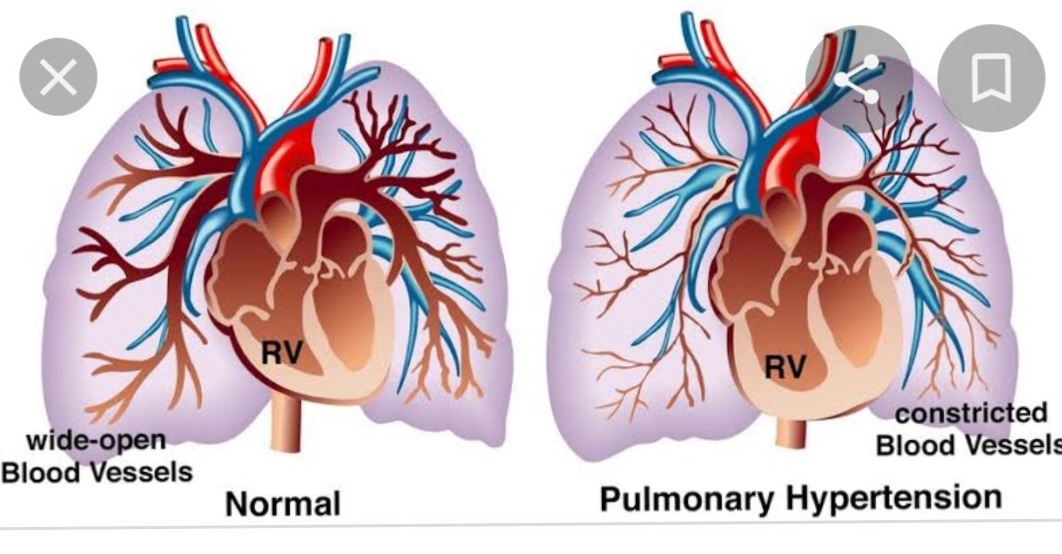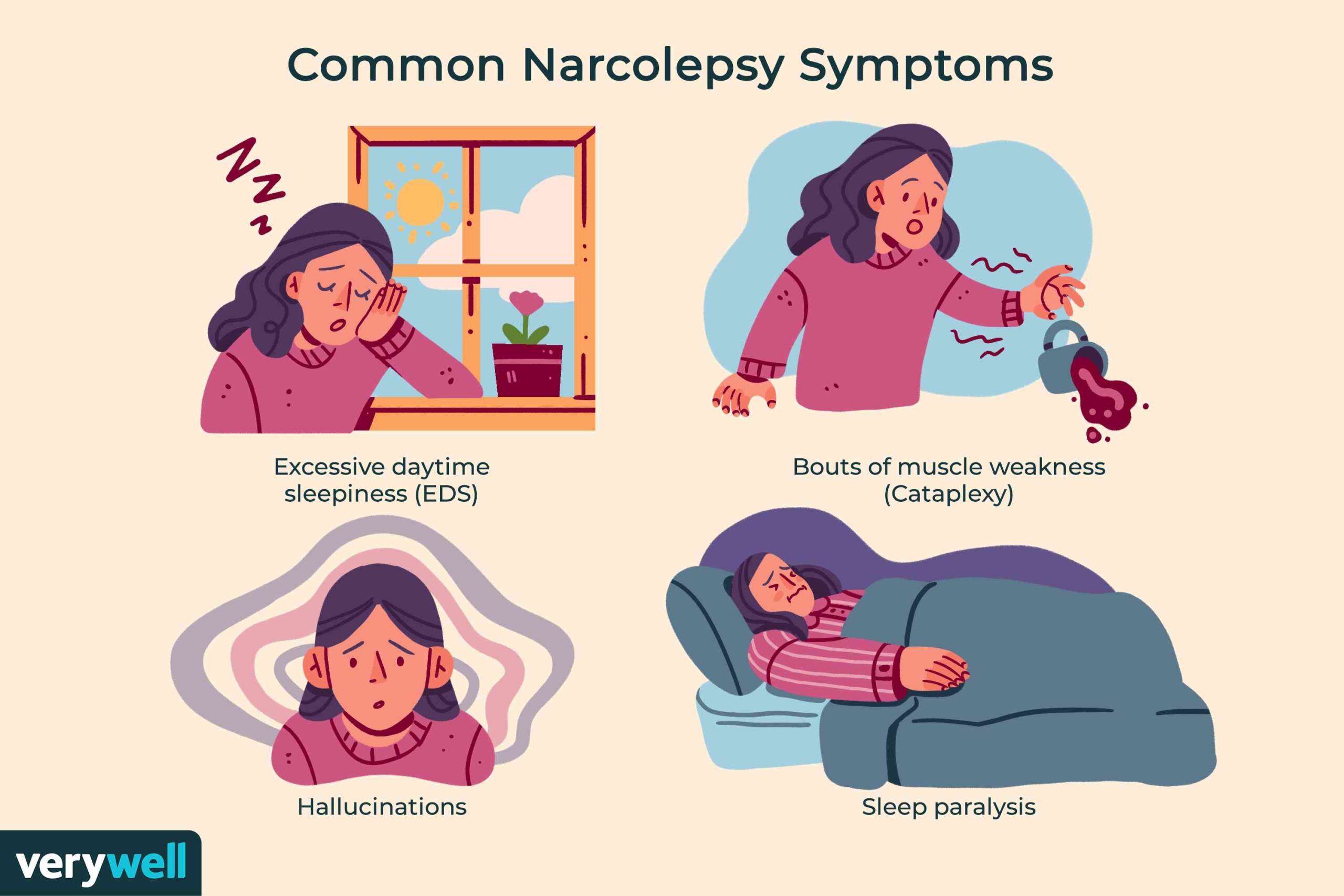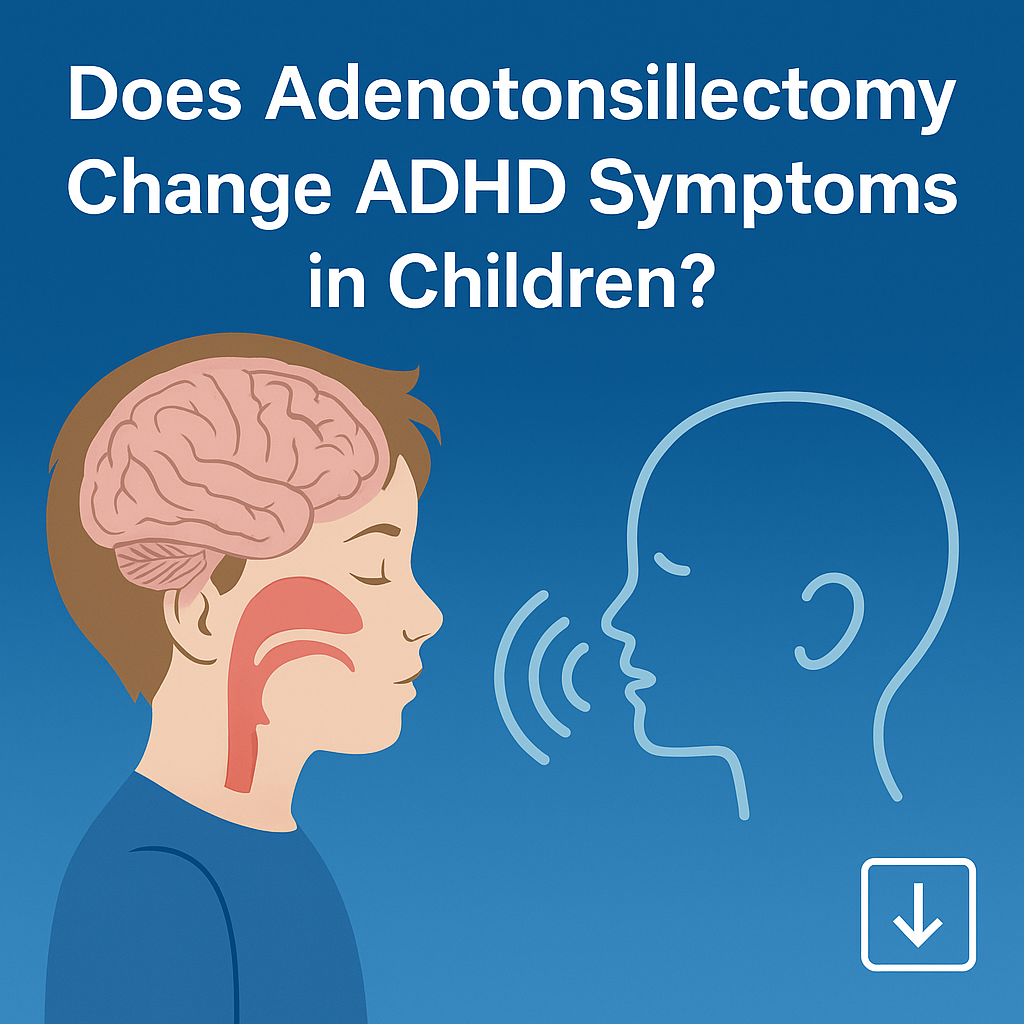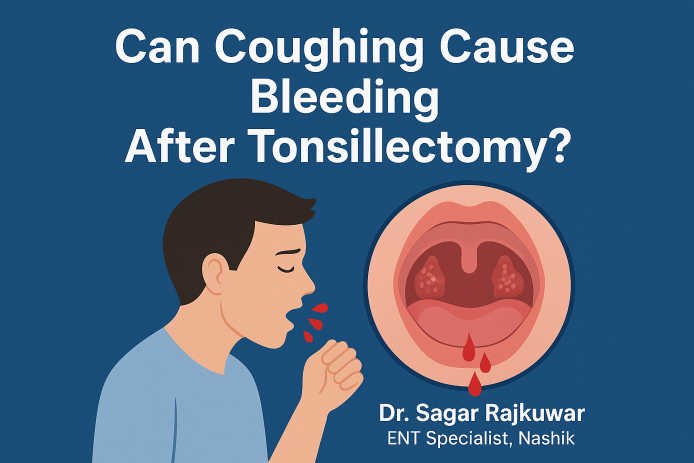Immediate treatment for high blood pressure-various aspects-
Here are several methods to quickly reduce high blood pressure:
Deep breathing: Sit in a comfortable position, shut your eyes, and take a deep breath through your nose for five seconds. Pause for one to two seconds, then breathe out slowly through your mouth for five seconds. Continue this for 60 seconds.
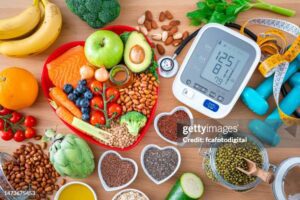

Drink water: Lack of hydration can increase blood pressure, so consuming water may assist in lowering it.
Your physician-MD -GENERAL MEDICINE DOCTOR may also bring in additional specialists for your High blood pressure treatment, such as a nutritionist or dietician, a pharmacist, and experts for any other conditions you might have, including cardiac conditions. If your high blood pressure is a result of another health issue or medication, it may improve once the underlying cause is addressed or eliminated
If you are suffering from high blood pressure it is always better to consult a qualified and experienced MD General Medicine doctor-Physician-counselling-Many people ask then why to read all this text -the reason is that it helps you to understand the pathology better ,you can cooperate with treatment better ,your treating physician is already busy with his patients and he does not have sufficient time to explain you all the things right from ABCD.
Take a cold shower: Cold water can narrow blood vessels, which can decrease blood pressure.
Try light physical activity: A fast walk or gentle stretching can aid in reducing blood pressure.
Eat dark chocolate: Dark chocolate is rich in flavonoids, which can help lower blood pressure.
Get some sun: Being exposed to UVA rays can aid in lowering blood pressure.
Drink beetroot or apple juice: Beetroot juice is rich in nitrates that help relax blood vessels, while juices that are high in potassium can assist in eliminating sodium.
Drink hibiscus tea: Hibiscus tea may help you feel more relaxed and manage chronic hypertension.
Lie down: Lying down can promote relaxation and enhance blood flow.
In the long run, consider these lifestyle adjustments to lower your blood pressure:
Eat fewer foods processed Rinse salty canned foods before consumption
Use herbs and spices in place of salt
Prepare plain rice, pasta, or grains without adding salt
Seek out “low sodium” on food packaging
Aim to lose weight.
Diagnosis
To identify high blood pressure, your healthcare provider evaluates you and inquires about your medical history and any symptoms. Your provider examines your heart using an instrument known as a stethoscope. Your blood pressure is assessed with a cuff, typically positioned around your arm. It is crucial that the cuff is the correct size. If it is either too large or too small, blood pressure measurements can differ. The cuff is inflated using either a small hand pump or a machine.
Blood pressure measurement
A blood pressure measurement evaluates the pressure in the arteries when the heart beats (the upper number, referred to as systolic pressure) and between heartbeats (the lower number, known as diastolic pressure). To assess blood pressure, an inflatable cuff is generally placed around the arm. A machine or small hand pump is utilized to inflate the cuff. In this image, a machine documents the blood pressure reading, which is termed automated blood pressure measurement. When your blood pressure is measured for the first time, it should be taken in both arms to check for any discrepancies. Subsequently, the arm with the higher reading should be used for further measurements. Blood pressure is expressed in millimeters of mercury (mm Hg). A blood pressure measurement consists of two figures. Upper number, known as systolic pressure. The first, or upper, figure represents the pressure in the arteries during heartbeats. Lower number, referred to as diastolic pressure. The second, or lower, figure indicates the pressure in the arteries in between heartbeats. High blood pressure (hypertension) is diagnosed when the blood pressure reading is equal to or exceeds 130/80 millimeters of mercury (mm Hg). A high blood pressure diagnosis is typically determined by the average of two or more readings taken at different times. Blood pressure is categorized based on its level. This classification is referred to as staging. Staging is essential for guiding treatment.
Stage 1 hypertension. The top number ranges from 130 to 139 mm Hg or the bottom number falls between 80 and 89 mm Hg.
Stage 2 hypertension. The top number is 140 mm Hg or greater or the bottom number is 90 mm Hg or higher.
Occasionally, the lower blood pressure reading may be normal (under 80 mm Hg) while the upper number is elevated. This condition is termed isolated systolic hypertension. It is a prevalent type of high blood pressure among individuals over 65.
Tests
If high blood pressure is diagnosed, your provider might suggest tests to determine a possible cause.
Ambulatory monitoring. A prolonged blood pressure monitoring assessment may be conducted to evaluate blood pressure at consistent intervals over six or 24 hours. This procedure is referred to as ambulatory blood pressure monitoring. However, the devices employed for this test are not accessible in every medical facility. Confirm with your insurance provider whether ambulatory blood pressure monitoring is a covered service.
Lab tests. Blood and urine examinations are performed to identify conditions that could cause or exacerbate high blood pressure. For instance, tests are conducted to evaluate your cholesterol and blood sugar levels. You may also undergo lab tests to assess the functioning of your kidneys, liver, and thyroid.
Electrocardiogram (ECG or EKG). This fast and painless assessment evaluates the heart’s electrical activity. It can indicate whether the heart is beating quickly or slowly. During an electrocardiogram (ECG), sensors known as electrodes are placed on the chest and occasionally on the arms or legs. Wires connect these sensors to a device that prints or shows the results.
Echocardiogram. This noninvasive test employs sound waves to generate detailed images of the heart as it beats. It illustrates how blood flows through the heart and its valves.
Taking your blood pressure at home
Your healthcare provider may request that you frequently monitor your blood pressure at home. Home measurement is an effective method to track your blood pressure. It assists your healthcare providers in determining if your medication is effective or if your condition is worsening. Home blood pressure monitors can be found in local stores and pharmacies. For the most accurate blood pressure reading, the American Heart Association advises using a monitor with a cuff that wraps around your upper arm when possible. Devices that gauge your blood pressure at your wrist or finger are not endorsed by the American Heart Association because they may yield less reliable outcomes.
Treatment
Modifying your lifestyle can aid in controlling and managing high blood pressure. Your healthcare provider might suggest that you implement lifestyle changes such as:
Eating a diet beneficial for heart health with reduced salt
Engaging in regular physical activity
Maintaining a healthy weight or achieving weight loss
Limiting alcohol intake
Refraining from smoking
Aiming for 7 to 9 hours of sleep each night
At times, lifestyle modifications alone may not suffice to treat high blood pressure. If they prove ineffective, your provider might suggest medication to decrease your blood pressure.
Medications
The type of medication prescribed for hypertension depends on your overall health and the severity of your blood pressure. Often, using two or more blood pressure medications is more effective than just one. It may take some time to discover the medication or combination of medications that suits you best. When on blood pressure medication, it’s essential to understand your target blood pressure level. You should strive for a blood pressure treatment target of below 130/80 mm Hg if:
You are a healthy adult aged 65 or above
You are a healthy adult under 65 with a 10% or higher chance of developing cardiovascular disease within the next decade
You have chronic kidney disease, diabetes, or coronary artery disease
The optimal blood pressure target may differ with age and health circumstances, especially if you are over 65 years old.
Medications used for managing high blood pressure include:
Diuretics (water pills). These medications assist in eliminating sodium and water from the body. They are frequently the initial drugs prescribed for treating high blood pressure.
There are various categories of diuretics, such as thiazide, loop, and potassium-sparing. The choice your healthcare provider makes is based on your blood pressure readings and other medical issues, including kidney disease or heart failure. Diuretics commonly recommended for blood pressure management comprise chlorthalidone, hydrochlorothiazide (Microzide), and others.
A frequent side effect of diuretics is heightened urination. Frequent urination can lead to lower potassium levels. A proper level of potassium is essential for the heart to function correctly. If you experience low potassium (hypokalemia), your provider might suggest a potassium-sparing diuretic that includes triamterene.
Angiotensin-converting enzyme (ACE) inhibitors. These medications assist in relaxing blood vessels. They inhibit the production of a natural substance that constricts blood vessels. Examples of these drugs are lisinopril (Prinivil, Zestril), benazepril (Lotensin), captopril, and others. Angiotensin II receptor blockers (ARBs). These medications also assist in blood vessel relaxation. They block the action rather than the production of a natural substance that constricts blood vessels. Some angiotensin II receptor blockers (ARBs) include candesartan (Atacand), losartan (Cozaar), and others. Calcium channel blockers. These drugs help relieve muscle tension in blood vessels. Certain types also slow heart rate. They consist of amlodipine (Norvasc), diltiazem (Cardizem, Tiazac, and others), among others. Calcium channel blockers may be more effective for older adults and Black individuals compared to angiotensin-converting enzyme (ACE) inhibitors on their own.
Avoid consuming grapefruit products when using calcium channel blockers. Grapefruit elevates blood levels of specific calcium channel blockers, which can be hazardous. Consult your provider or pharmacist if you have concerns about possible interactions.
Other medications occasionally utilized for high blood pressure. If you’re struggling to achieve your blood pressure goal with the combinations mentioned above, your provider may prescribe:
Alpha blockers. These medications decrease nerve signals to blood vessels. They aid in diminishing the effects of natural substances that constrict blood vessels. Notable alpha blockers include doxazosin (Cardura), prazosin (Minipress), and others. Alpha-beta blockers. Alpha-beta blockers inhibit nerve signals to blood vessels and decrease heart rate. They lessen the volume of blood that must be pumped through the vessels. Examples include carvedilol (Coreg) and labetalol (Trandate). Beta blockers. These medications alleviate the heart’s workload and dilate blood vessels. This assists the heart in beating slower and with reduced force. Beta blockers consist of atenolol (Tenormin), metoprolol (Lopressor, Toprol-XL, Kapspargo sprinkle), and others.
Beta blockers are typically not advised as the sole medication prescribed. They might be most effective when paired with other antihypertensive medications.
Aldosterone antagonists. These drugs may be utilized to manage resistant hypertension. They inhibit the action of a natural substance that may lead to sodium and fluid retention in the body. Examples include spironolactone (Aldactone) and eplerenone (Inspra). Renin inhibitors. Aliskiren (Tekturna) reduces the production of renin, an enzyme produced by the kidneys initiating a series of chemical reactions that raise blood pressure.
Because of the risk of serious complications, including stroke, you should not use aliskiren in conjunction with ACE inhibitors or ARBs.
Vasodilators. These medications prevent the muscles in arterial walls from tightening. This blocks the narrowing of the arteries. Instances include hydralazine and minoxidil.
Central-acting agents. These medications inhibit the brain from signaling the nervous system to elevate the heart rate and constrict the blood vessels. Examples consist of clonidine (Catapres, Kapvay), guanfacine (Intuniv), and methyldopa.
Always take blood pressure medications as directed. Never omit a dose or suddenly cease taking blood pressure medications. Immediately stopping certain medications, such as beta blockers, may result in a significant rise in blood pressure referred to as rebound hypertension.
If you miss doses due to costs, side effects, or forgetfulness, speak with your healthcare provider about potential solutions. Do not modify your treatment without your provider’s advice.
Treating resistant hypertension
You might have resistant hypertension if:
You are taking at least three different blood pressure medications, including a diuretic. Yet, your blood pressure remains persistently high.
You’re on four different medications to manage high blood pressure. Your healthcare provider ought to investigate a possible secondary cause for the high blood pressure.
Having resistant hypertension does not imply that your blood pressure will be permanently high. If you and your provider can identify the cause, a more effective treatment strategy can be developed.
Managing resistant hypertension may include numerous steps, such as:
Altering blood pressure medications to discover the optimal combination and dosage.
Examining all your medications, including those purchased over-the-counter.
Monitoring blood pressure at home to determine if medical visits elevate blood pressure. This phenomenon is referred to as white coat hypertension.
Adopting healthy eating habits, managing weight, and making other suggested lifestyle adjustments.
High blood pressure during pregnancy
If you experience high blood pressure and are expecting, talk with your healthcare providers about how to manage blood pressure throughout your pregnancy.
Potential future treatments
Scientists have been exploring the application of heat to eliminate targeted nerves in the kidney that could contribute to resistant hypertension. This technique is referred to as renal denervation. Initial studies indicated some advantages. However, more comprehensive studies revealed that it does not substantially reduce blood pressure in individuals with resistant hypertension. Additional research is currently in progress to assess what role, if any, this treatment might play in managing hypertension.
Self care
A dedication to a healthy lifestyle can aid in preventing and managing high blood pressure. Consider these heart-healthy approaches:
Eat healthy foods. Maintain a nutritious diet. Consider the Dietary Approaches to Stop Hypertension (DASH) diet. Select fruits, vegetables, whole grains, poultry, fish, and low-fat dairy products. Ensure you get ample potassium from natural sources, which may assist in lowering blood pressure. Reduce saturated fat and trans fat intake.
Use less salt. Processed meats, canned goods, commercial soups, frozen meals, and certain breads can be hidden sources of salt. Examine food labels for sodium content. Limit foods and drinks that are high in sodium. A sodium intake of 1,500 mg per day or less is viewed as ideal for most adults. However, consult your provider about what is optimal for you.
Limit alcohol. Even if you are healthy, alcohol can elevate your blood pressure. If you opt to consume alcohol, do so in moderation. For healthy adults, this equates to up to one drink per day for women and up to two drinks per day for men. One drink is equivalent to 12 ounces of beer, 5 ounces of wine, or 1. 5 ounces of 80-proof liquor.
Don’t smoke. Tobacco damages blood vessel walls and accelerates the hardening of the arteries. If you smoke, ask your care provider for methods to assist you in quitting.
Maintain a healthy weight. If you are overweight or have obesity, shedding pounds can assist in controlling blood pressure and minimizing the risk of complications. Inquire with your health care provider about the best weight for you. Generally, blood pressure decreases by approximately 1 mm Hg for every 2. 2 pounds (1 kilogram) of weight lost. In individuals with high blood pressure, the reduction in blood pressure may be even more pronounced per kilogram lost.
Get more exercise. Regular physical activity keeps the body fit. It can lower blood pressure, alleviate stress, manage weight, and decrease the risk of chronic health issues. Aim for at least 150 minutes a week of moderate aerobic activity or 75 minutes a week of vigorous aerobic activity, or a mix of both.
If you have high blood pressure, regular moderate– to high-intensity workouts can lower your top blood pressure measurement by around 11 mm Hg and the bottom number by about 5 mm Hg.
Practice good sleep habits. Poor sleep can elevate the risk of heart disease and other chronic conditions. Adults should aim to sleep 7 to 9 hours daily. Children typically require more. Go to bed and awaken at the same time every day, including on weekends. If you struggle with sleep, discuss with your provider strategies that could help.
Manage stress. Discover techniques to help alleviate emotional stress. Increasing physical activity, practicing mindfulness, and engaging with others in support groups are some methods to reduce stress.
Attempt slow, deep breathing. Engage in the practice of inhaling deeply and slowly to assist in relaxation. Some studies indicate that deliberate, slow breathing (5 to 7 deep breaths each minute) used alongside mindfulness strategies can decrease blood pressure. There are tools available to encourage slow, deep breathing. As stated by the American Heart Association, using devices to guide breathing might be a sensible non-pharmaceutical choice for reducing blood pressure. It could be a beneficial alternative if you experience anxiety with high blood pressure or are unable to handle conventional treatments.
Alternative medicine
Diet and exercise represent the most effective methods for lowering blood pressure. However, a variety of supplements are marketed as beneficial for heart health. These supplements consist of:
Fiber, including blond psyllium and wheat bran
Minerals, such as magnesium, calcium, and potassium
Folic acid
Supplements or products that enhance nitric oxide or dilate blood vessels — known as vasodilators — including cocoa, coenzyme Q10, L-arginine, and garlic
Omega-3 fatty acids, available in fatty fish, high-dose fish oil supplements, and flaxseed
Researchers are investigating whether vitamin D might lower blood pressure, yet the evidence remains inconclusive. Additional research is necessary.
Consult your healthcare provider prior to incorporating any supplements into your blood pressure regimen. Some may interact with medications, leading to dangerous side effects that could be life-threatening.
Deep breathing or mindfulness represent alternative medicine methods that can assist in relaxation. These techniques may provide temporary reductions in blood pressure.
Coping and support
High blood pressure is not a condition you can treat and then overlook. It is a health issue that necessitates consistent checkups. Some actions you can take to help manage this condition are:
Take medications as prescribed. If side effects or expenses are challenging, consult your provider about alternative options. Do not discontinue your medications without first discussing it with a care provider.
Arrange for regular health checkups. Successfully managing high blood pressure requires teamwork. Collaborate with your provider to bring and maintain your blood pressure at a safe level. Understand your target blood pressure level.
Adopt healthy habits. Consume nutritious foods, shed excess weight, and engage in regular physical activity. Limit alcohol intake. If you smoke, consider quitting.
Manage stress effectively. Decline additional responsibilities, let go of negative thoughts, and strive to stay patient and positive.
Request assistance. Adhering to lifestyle changes can be challenging, especially if you don’t experience any symptoms of high blood pressure. Seeking support from friends and family might help you achieve your goals.
Participate in a support group. Sharing concerns with others in similar situations might provide helpful insights.
Preparing for your appointment
If you suspect you may have high blood pressure, schedule an appointment with your healthcare provider for a blood pressure assessment. It may be beneficial to wear a short-sleeved shirt to your appointment for easier access to your arm for the blood pressure cuff.
No special preparations are required for a blood pressure measurement. To ensure an accurate reading, refrain from caffeine, exercise, and tobacco for at least 30 minutes prior to the test.
Because certain medications can elevate blood pressure, bring a list of all the medicines, vitamins, and other supplements you are currently taking, along with their dosages, to your medical appointment. Avoid stopping any medications without your provider’s guidance.
Appointments can be short. Given that there is usually a lot to cover, being prepared for your appointment is advisable. Here are some tips to help you prepare.
What you can do
Record any symptoms you are experiencing. High blood pressure typically does not exhibit symptoms, but it is a risk factor for heart disease. Inform your care provider if you are experiencing symptoms like chest pain or shortness of breath. This information can assist your provider in determining the intensity of treatment needed for your high blood pressure.
Document significant medical information, including a family history of high blood pressure, high cholesterol, heart disease, stroke, kidney disease, or diabetes, as well as any major stressors or recent life changes.
Compile a list of all medications, vitamins, or supplements you are taking. Be sure to include dosages.
Bring a family member or friend with you if possible. Sometimes it may be challenging to retain all the information shared during an appointment. An accompanying person might recall details you missed or forgot.
Be ready to talk about your dietary and exercise practices. If you’re not currently on a diet or exercise plan, prepare to discuss with your healthcare provider any difficulties you may encounter in beginning one.
Write down inquiries to pose to your provider.
Creating a compilation of questions can assist you and your provider in optimizing your time together. Arrange your questions from the most crucial to the least essential in case time is limited. For high blood pressure, some fundamental questions to ask your provider are as follows:
What types of tests will I require?
What is my blood pressure target?
Do I need any medications?
Is there a generic version of the medication you’re prescribing for me?
What foods should I eat or avoid?
What constitutes an appropriate level of physical activity?
How frequently should I schedule appointments to monitor my blood pressure?
Should I check my blood pressure at home?
I have other health conditions. How can I optimally manage them simultaneously?
Are there brochures or other printed resources that I can receive? What websites do you suggest?
Do not hesitate to inquire about any other questions you may have.
What to expect from your physician
Your healthcare provider is likely to pose questions to you. Being prepared to respond may free up time to discuss any topics you would like to elaborate on. Your provider may inquire:
Do you have a family history of high cholesterol, high blood pressure or heart disease?
What are your eating and physical activity habits like?
Do you consume alcohol? How many drinks do you have weekly?
Do you smoke?
When was your last blood pressure check? What was the outcome?
What you can do in the meantime
It’s never too soon to adopt healthy lifestyle modifications, like quitting smoking, eating nutritious foods, and increasing physical activity. These are the primary methods to safeguard yourself against high blood pressure and its associated complications, including heart attack and stroke.
If you intend to become pregnant or are already pregnant, discuss with your physician-MD -GENERAL MEDICINE DOCTOR the medications you are using to manage your blood pressure. Not every medication is safe to use during pregnancy, although some are-FOR FURTHER INFORMATION IN GREAT DETAIL PL CLICK ON THE LINK GIVEN BELOW-It is always better to view links from laptop/desktop rather than mobile phone as they may not be seen from mobile phone. ,in case of technical difficulties you need to copy paste this link in google search. In case if you are viewing this blog from mobile phone you need to click on the three dots on the right upper corner of your mobile screen and ENABLE DESKTOP VERSION

